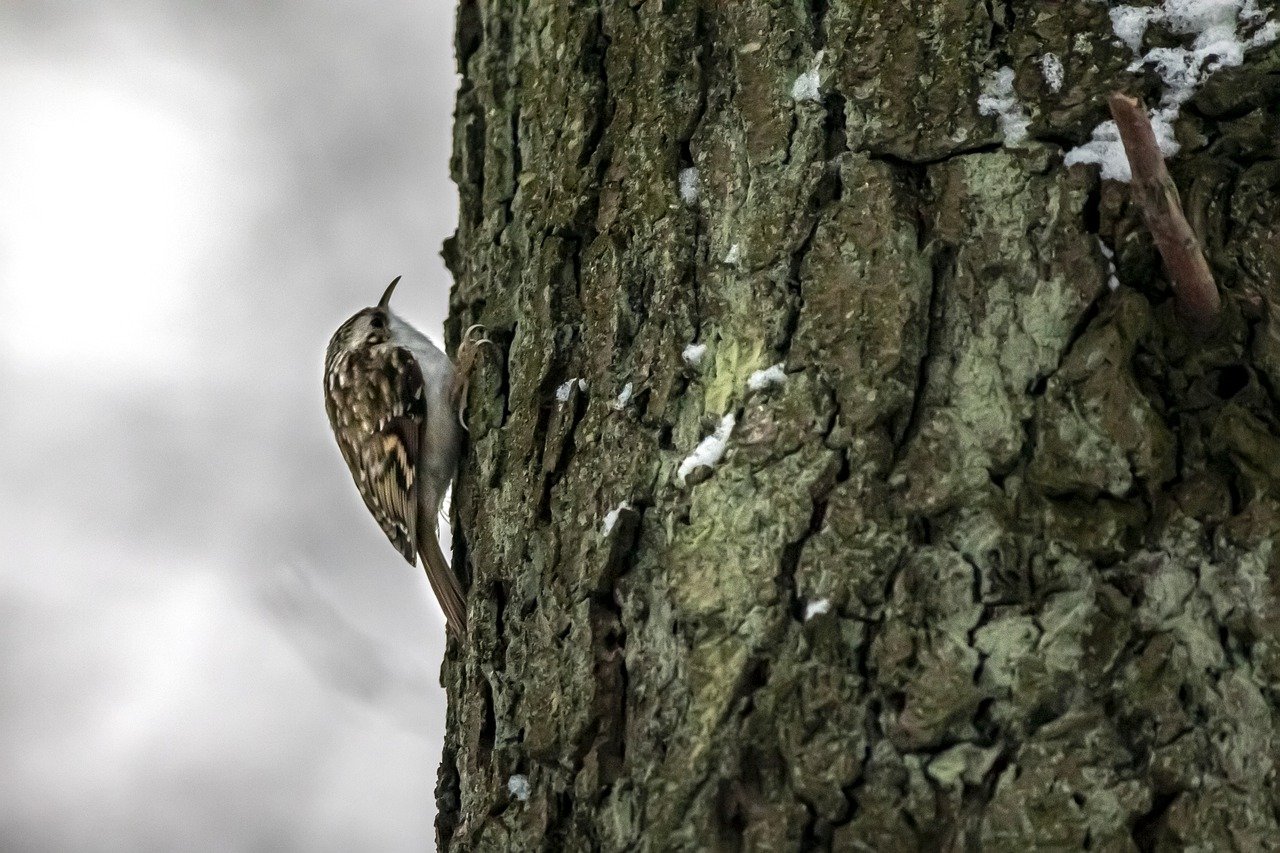Tätheten och fluktuationerna hos en holkhäckande population trädkrypare Certhia familiaris under 28 år
DOI:
https://doi.org/10.34080/os.v24.22562Nyckelord:
häckningsframgång, populationsstudier, habitatval, motståndskraft mot klimatförändringar, klimateffekterAbstract
The number of breeding Treecreeper pairs was estimated from 1982 to 2009 in a 2.7 km2 study area located in south-western Sweden (57°39'N; 12°4'E). Most of the area, which was provided with 205 man-made nest pockets, is covered by broad-leafed forest. The number of first clutches varied between 5 and 21 with an annual average of 14±4.2 (SD) breeding pairs (CV 30%). The density of breeding Treecreepers varied from 1.9 to 7.8 pairs/km2 with a mean of 5.1±1.86 pairs/km2. The population did not show any statistically significant density trend over the 28 years. The between-year variation in the return rate of ringed adult females that bred after wintering was significantly negatively related to the temperature and precipitation means of the preceding winter. Thus, fewer females returned after milder winters with higher precipitation. The statistical tests pertaining to the variation in the whole breeding population indicate that the species can cope with moderate fluctuations in winter weather, thus preventing significant changes in the number of breeders in the study area.
Nedladdningar

Downloads
Publicerad
Referera så här
Nummer
Sektion
Licens
Författaren/författarna innehar copyright för varje enskilt bidrag, men samtliga bidrag är publicerade under en Creative Commons-licens, så att vem som helst kan dela och återanvända bidraget förutsatt att copyright-innehavaren erkänns.







